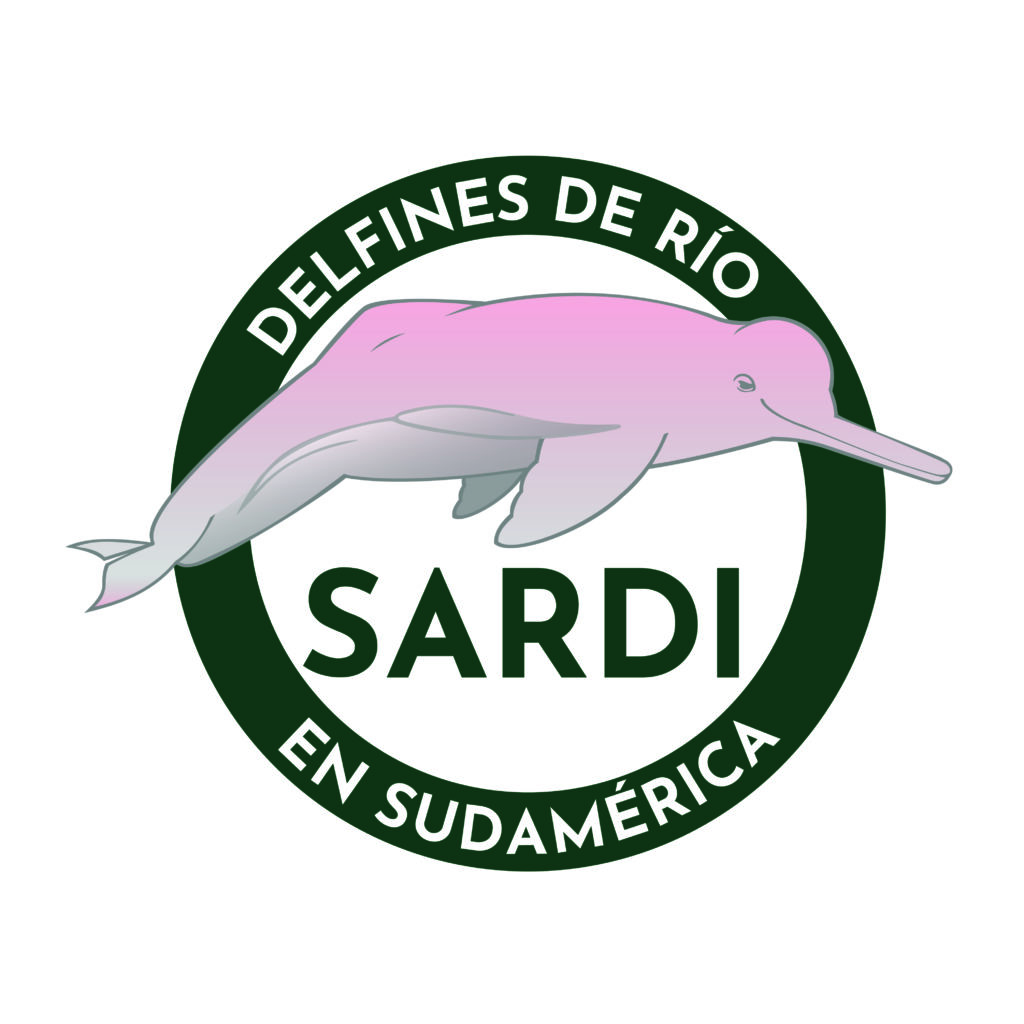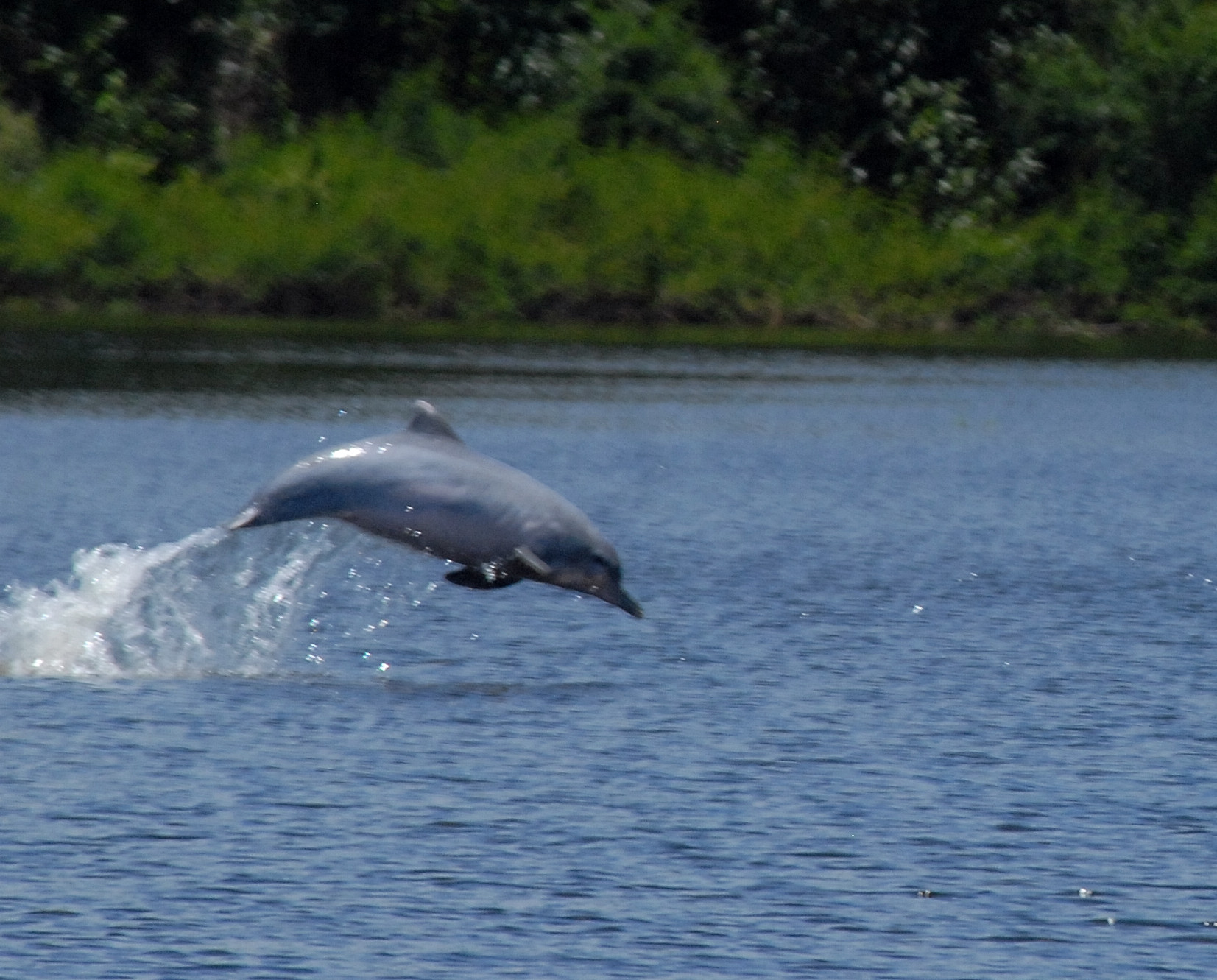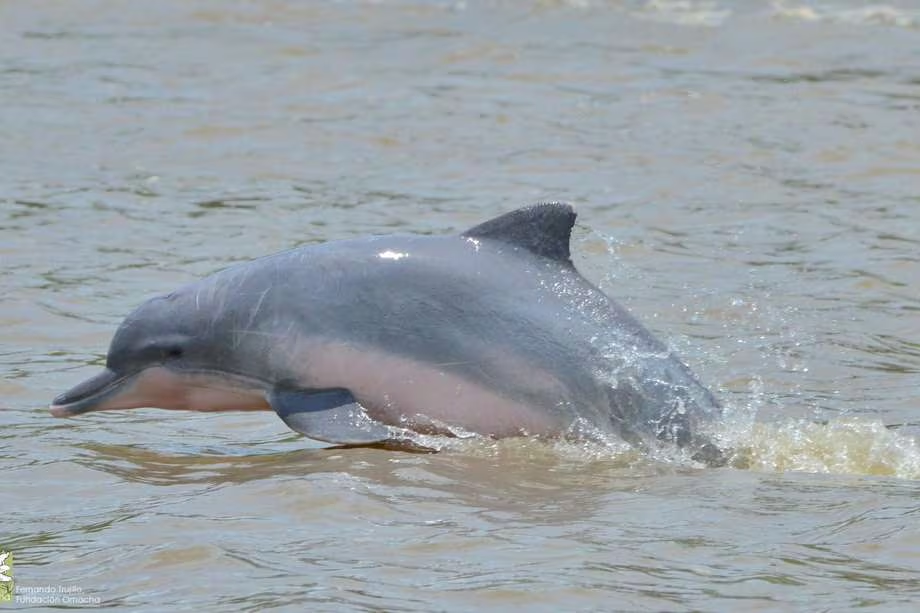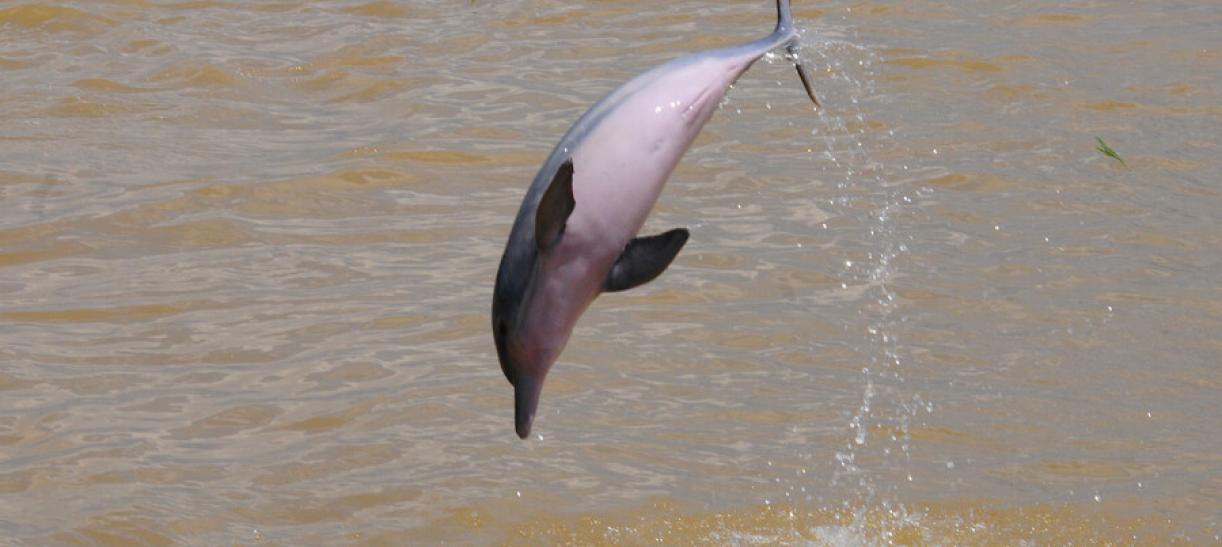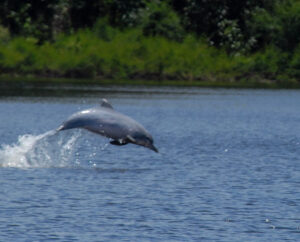
By José Luiz Cerqueira* and Jorge Eduardo Dantas
The Juruá River Basin, located in the area between the states of Acre and Amazonas, is the latest Brazilian region to receive the title of “Ramsar Site”. This title recognizes the ecological importance of the place, indicating that the existing protection measures must be enhanced and enlarged.
At the same time, this recognition also makes the area “more accessible” to international technical cooperation and financial support for developing nature conservation projects.
The place recognized as Ramsar Site covers an area of 2,1 million of hectares and is composed by three Protected Areas: the Uacari Sustainable Development Reserve (SDR) and the Baixo Rio Juruá and Alto Rio Juruá Extractive Reserve. Over there is also located the Dení Indigenous Land.
The governance of the Ramsar Site will be done with the support of the Fórum Médio Juruá, a group formed by different institutions that work in the area – strengthening a democratic and participative management of the region.
The recognition of the area took place during the 13th Meeting of the Conference of the Contracting Parties to the Ramsar Convention on Wetlands (COP 13), recently held at Dubai, Arab Emirates. On the same occasion, another Brazilian area was also recognized as a Ramsar Site: the Taiamã Ecological Station, at the Pantanal mato-grossense.
Currently, Brazil possess 27 Ramsar Site – 9 of them in the Amazon Forest.
River dolphins & drones
In 2016, the expedition Ecodrones – Amazon River Dolphins used Unmanned Aerial Vehicle (UAVs) to count and monitor the river dolphins. At the time, this was an unprecedented and pioneer initiative that brought to Brazil a new way of monitoring the fauna. These studies with river dolphins appeared on the paper sent to the Convention that helped in the recognition of the Juruá Basin as a Ramsar Site.
“The expedition travelled over 400 kilometers (248 mi) and had an enormous importance to collect data about two species of river dolphins, the pink river dolphin (Inia geoffrensis) and the tucuxi (Sotalia fluviatilis). The information, obtained from Mamirauá Institute, had great influence for the achievement of the title of Ramsar Site”, explained Marcelo Oliveira, the WWF-Brazil conservation expert responsible for this project.
Benefits
Other project developed in recent years was Intercambiando, a partnership between WWF-Brazil and Coca-Cola. In that occasion, 60 young people from the city of Carauari, in Amazonas, attended training courses to develop the entrepreneurship and youth protagonism.
The coordinator of WWF-Brazil Amazon Program Ricardo Mello said the recognition of the Basin has the potential to transform and improve the lives of the inhabitants of the region. “We hope this global recognition about the ecological importance of Juruá turn into benefits for that area, bringing improvements for the management of the Protected Areas and income increase for the cities that are there”.
* Trainne under the supervision of Jorge Eduardo Dantas and Denise Oliveira
